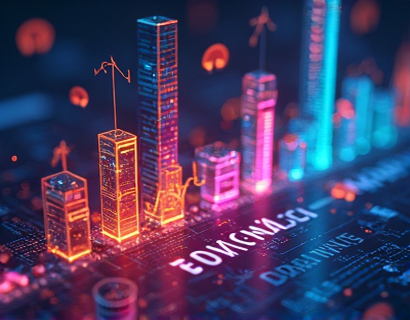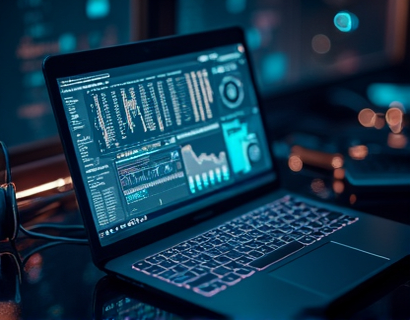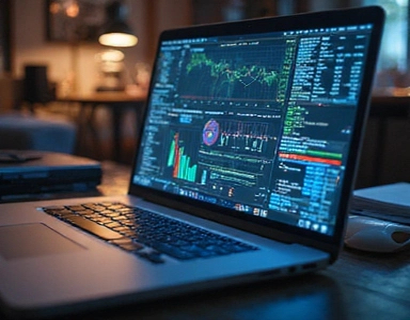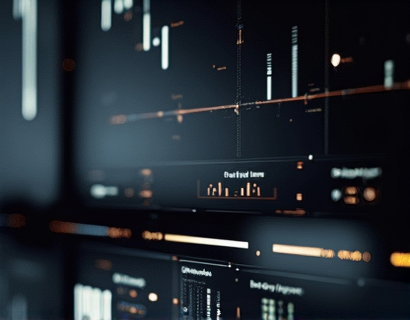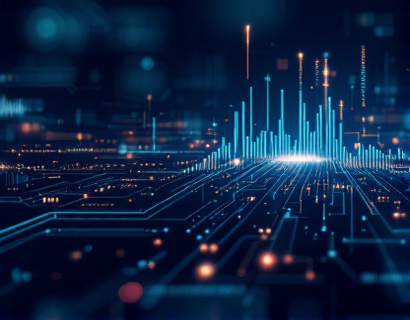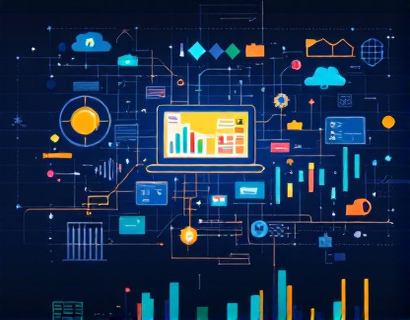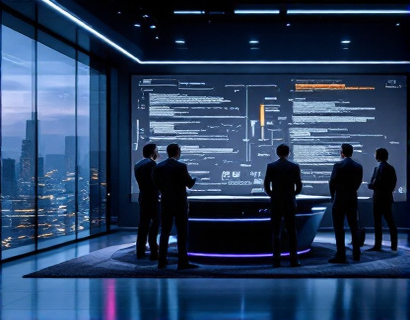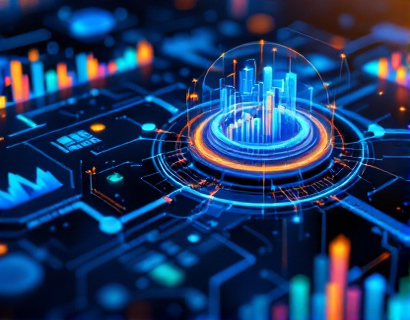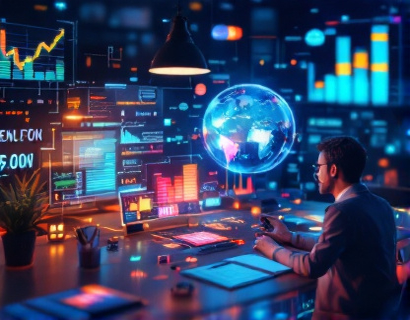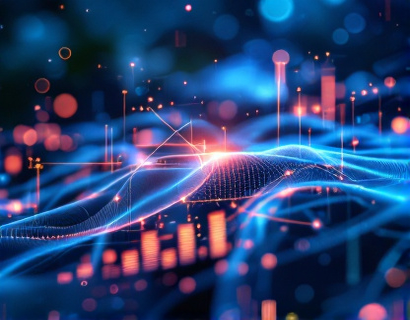Unlocking Enhanced Productivity in the Digital Age: The Synergy of AI and Cryptocurrency
The integration of Artificial Intelligence (AI) and cryptocurrency is revolutionizing the digital landscape, offering unprecedented opportunities to enhance productivity and streamline tasks. This convergence marks a new era in technological innovation, where the strengths of both domains are harnessed to create advanced solutions that redefine efficiency and user experience. As tech-savvy innovators and early adopters increasingly explore the potential of AI and cryptocurrency, it becomes essential to delve into how these technologies can be merged to unlock advanced solutions that cater to the modern digital workforce.
The foundation of this transformation lies in the unique capabilities of AI and cryptocurrency. AI, with its ability to process vast amounts of data, learn from patterns, and make intelligent decisions, provides a powerful tool for automating complex tasks and providing insights that drive productivity. Cryptocurrency, on the other hand, introduces a decentralized and secure method of transaction, enabling seamless and transparent exchanges of value. When combined, these technologies can create a synergistic effect that enhances both individual and organizational efficiency.
Enhanced Automation through AI-Driven Smart Contracts
One of the most promising areas of integration is the use of AI-driven smart contracts in cryptocurrency. Smart contracts are self-executing contracts with the terms of the agreement directly written into code. By incorporating AI, these contracts can become more dynamic and adaptive, responding to changing conditions and executing tasks with higher precision. For instance, AI can analyze market data in real-time, adjusting the terms of a smart contract to optimize outcomes, such as maximizing returns on investments or minimizing transaction costs.
This level of automation not only reduces the need for manual intervention but also minimizes the risk of human error. In business processes, AI-enhanced smart contracts can automate routine tasks like invoicing, payment processing, and compliance checks, freeing up valuable time for more strategic activities. This not only boosts productivity but also ensures that operations run smoothly and efficiently, even in complex and rapidly changing environments.
Intelligent Data Analysis and Decision Making
AI's strength in data analysis can be significantly amplified when combined with the transparency and accessibility of blockchain technology. Blockchain provides an immutable and decentralized ledger that ensures data integrity and security, making it an ideal platform for storing and sharing data used in AI algorithms. This synergy allows for more accurate and reliable data analysis, leading to better-informed decisions.
For example, in the financial sector, AI can analyze transaction data on a blockchain to detect fraudulent activities, predict market trends, and optimize investment strategies. The transparency of blockchain ensures that all data is verifiable, reducing the risk of manipulation and increasing trust among stakeholders. This enhanced data analysis capability not only improves decision-making but also enhances overall productivity by providing actionable insights that drive business growth.
Decentralized Applications and Productivity Tools
The development of decentralized applications (dApps) powered by AI and cryptocurrency is another exciting frontier. These applications leverage the decentralized nature of blockchain to create platforms that are more resilient, secure, and user-centric. AI can enhance these dApps by providing intelligent features such as personalized recommendations, automated task management, and real-time collaboration tools.
For instance, a decentralized project management platform can use AI to assign tasks based on team members' availability and expertise, optimize workflows, and predict project timelines. This not only streamlines project execution but also ensures that resources are utilized efficiently, leading to higher productivity and better outcomes. The decentralized aspect ensures that these tools are accessible to a global audience, breaking down geographical barriers and fostering collaboration on a scale never before possible.
Enhancing Cybersecurity through AI and Cryptography
Cybersecurity is a critical concern in the digital age, and the combination of AI and cryptocurrency offers robust solutions to protect sensitive data and transactions. AI algorithms can be trained to detect and respond to cyber threats in real-time, analyzing patterns and anomalies to identify potential security breaches. When integrated with blockchain's cryptographic techniques, this creates a multi-layered security system that is highly effective against sophisticated attacks.
For organizations, this means a significant reduction in the risk of data breaches and financial losses. AI-driven security solutions can continuously monitor and adapt to new threats, ensuring that systems remain secure and operations continue without interruption. This enhanced security not only protects valuable assets but also builds trust among users, fostering greater adoption of digital solutions.
User-Centric Design and Accessibility
The successful integration of AI and cryptocurrency in productivity tools requires a user-centric approach. Designing interfaces that are intuitive, accessible, and user-friendly is crucial for widespread adoption. AI can play a pivotal role in this by providing personalized user experiences, adapting to individual preferences and work styles. For example, AI can analyze user behavior to suggest custom workflows, automate repetitive tasks, and provide real-time assistance, making complex processes more manageable.
Moreover, the use of cryptocurrency can simplify transactions and access to these tools, removing the need for intermediaries and reducing fees. This makes advanced productivity solutions more accessible to a broader audience, including small businesses and individual users who may have been excluded by traditional systems. By democratizing access to cutting-edge technology, we can foster a more inclusive and innovative digital ecosystem.
Challenges and Considerations
While the potential benefits are substantial, there are also challenges and considerations that must be addressed. One of the primary concerns is the regulatory landscape, as both AI and cryptocurrency are still evolving fields with varying levels of regulation across different regions. Ensuring compliance and navigating legal complexities is essential for the successful deployment of these technologies.
Another challenge is the technical expertise required to develop and maintain AI and blockchain-based solutions. Organizations need to invest in training and hiring skilled professionals who can bridge the gap between these technologies. Additionally, there is a need for standardization and interoperability to ensure that different systems can work together seamlessly.
Future Prospects and Innovations
Looking ahead, the integration of AI and cryptocurrency is poised to drive further innovations in the digital space. One exciting area is the development of decentralized AI markets, where AI models and data can be traded and monetized in a transparent and fair manner. This could lead to a new economy where intellectual property is protected, and creators are rewarded for their contributions.
Another promising direction is the use of AI to optimize blockchain performance, addressing issues like scalability and energy consumption. By leveraging AI to manage and optimize blockchain networks, we can create more efficient and sustainable systems that support a wider range of applications. This not only enhances the utility of blockchain but also makes it more viable for large-scale adoption.
In conclusion, the convergence of AI and cryptocurrency represents a transformative force in the digital age, offering powerful tools to enhance productivity and streamline tasks. By embracing these technologies and addressing the associated challenges, we can unlock a new era of technological integration and innovation, paving the way for a more efficient and connected world.




